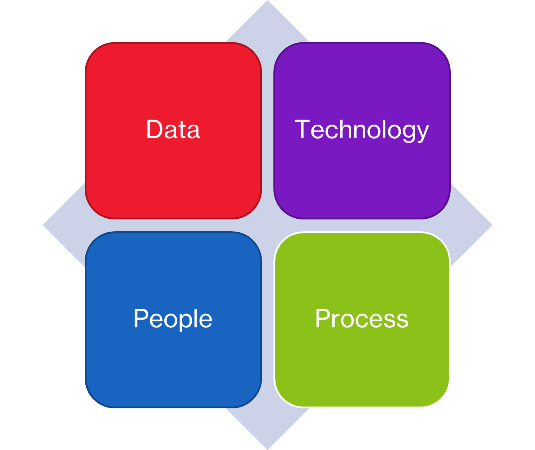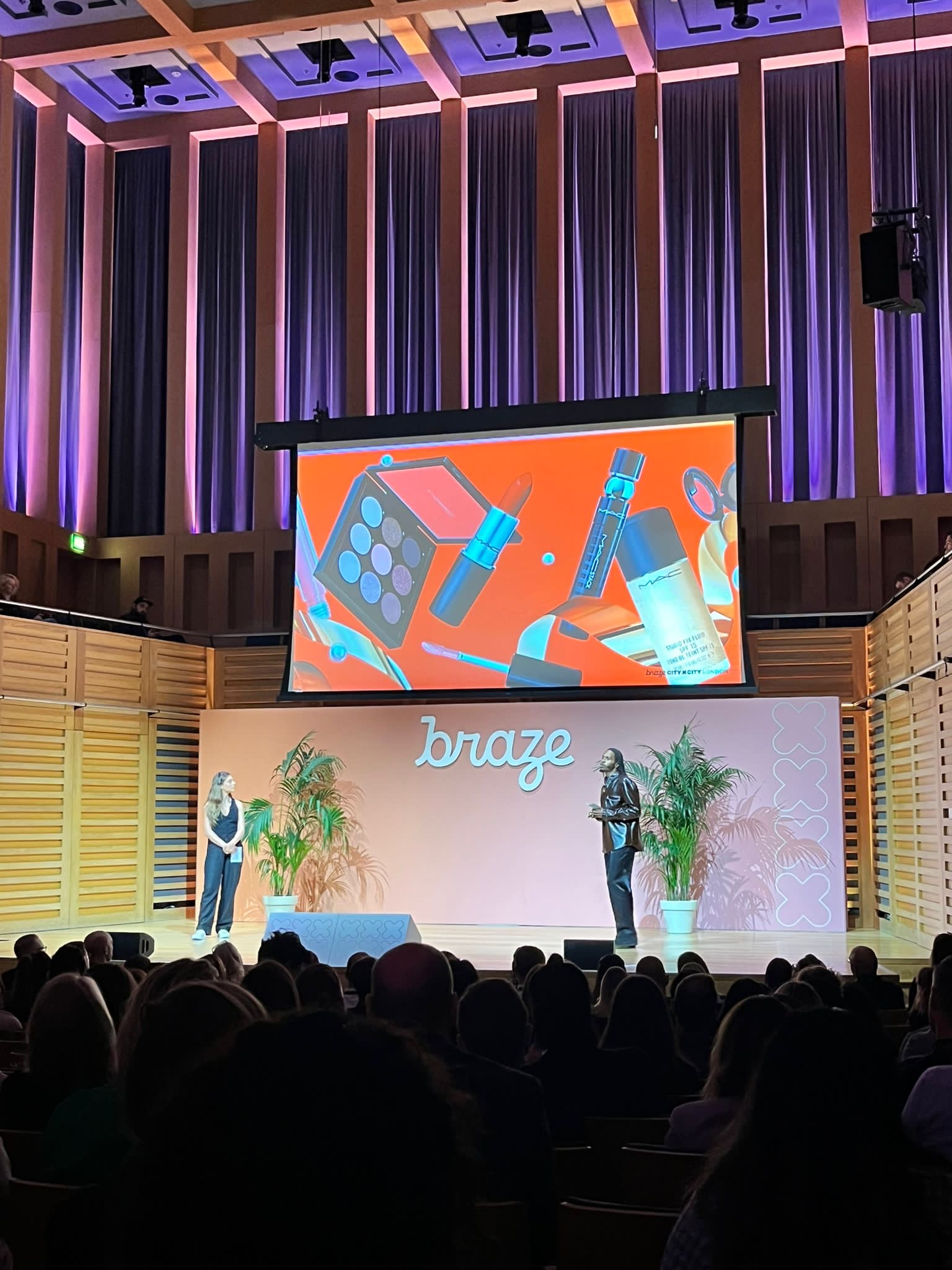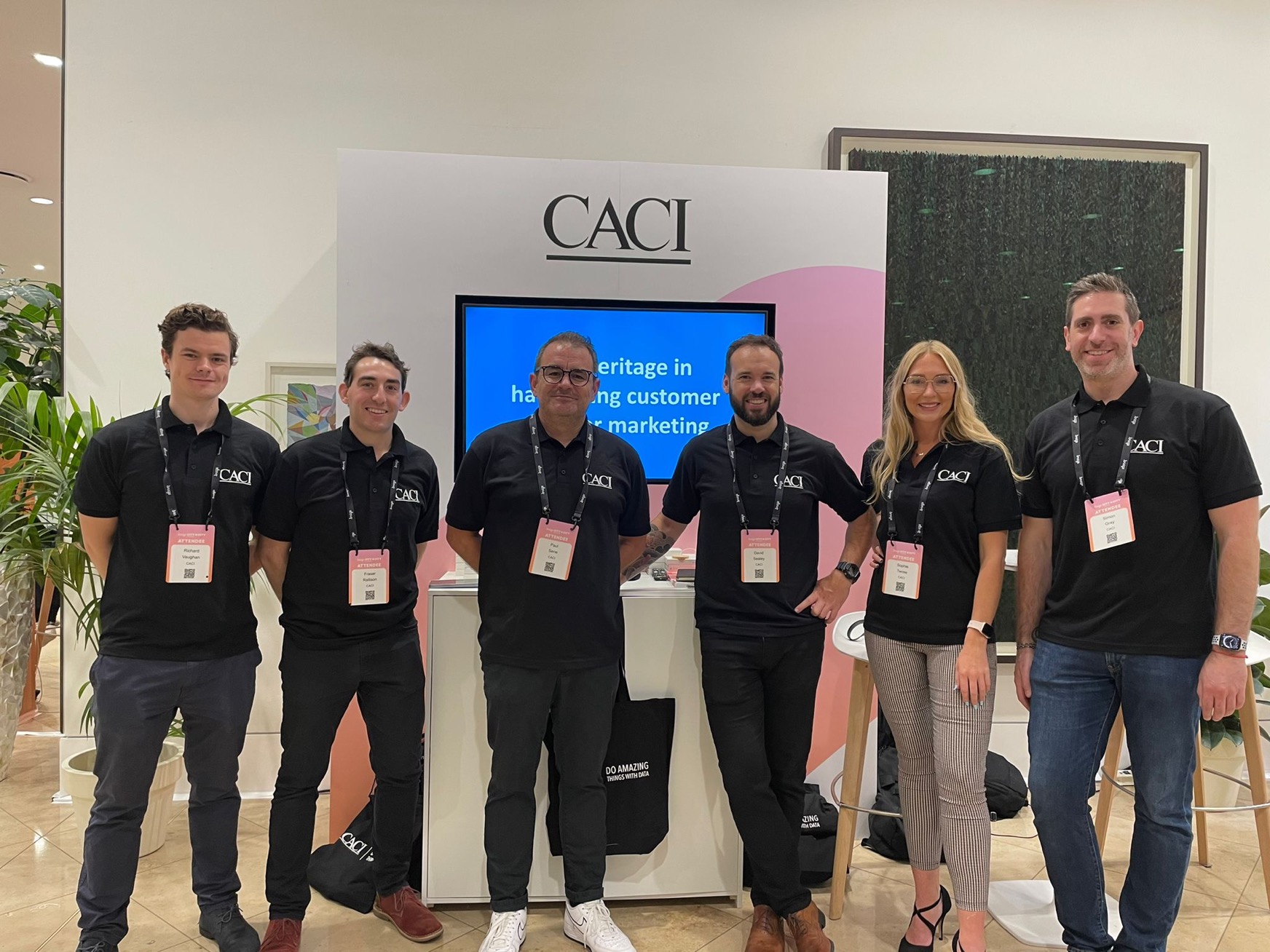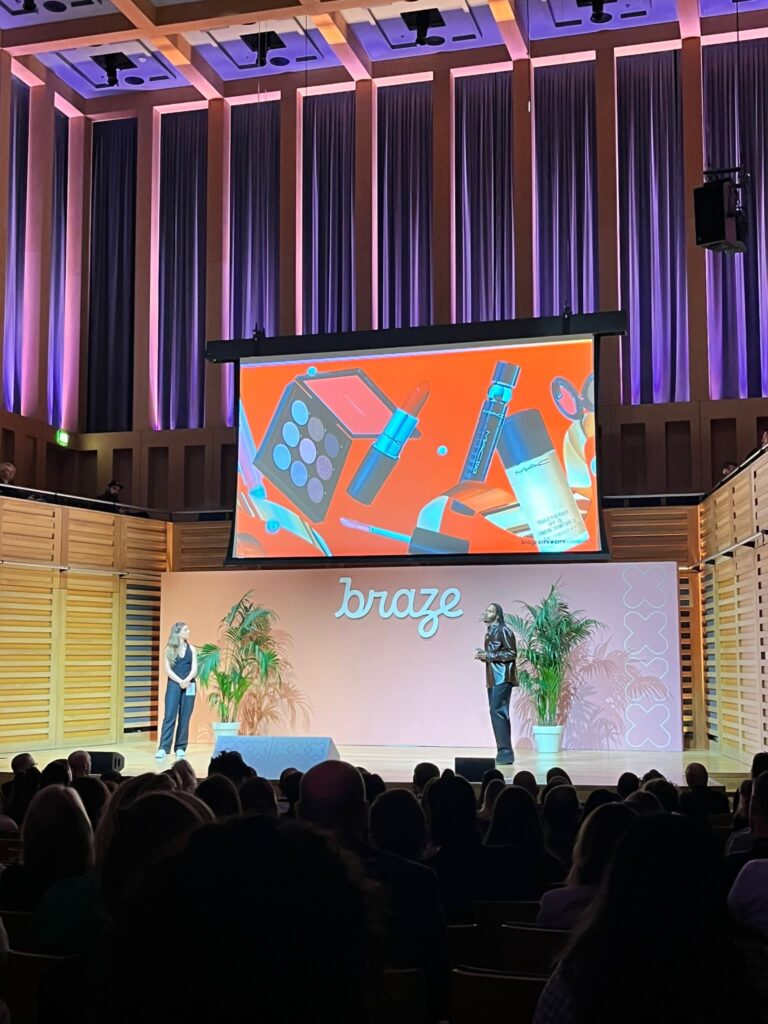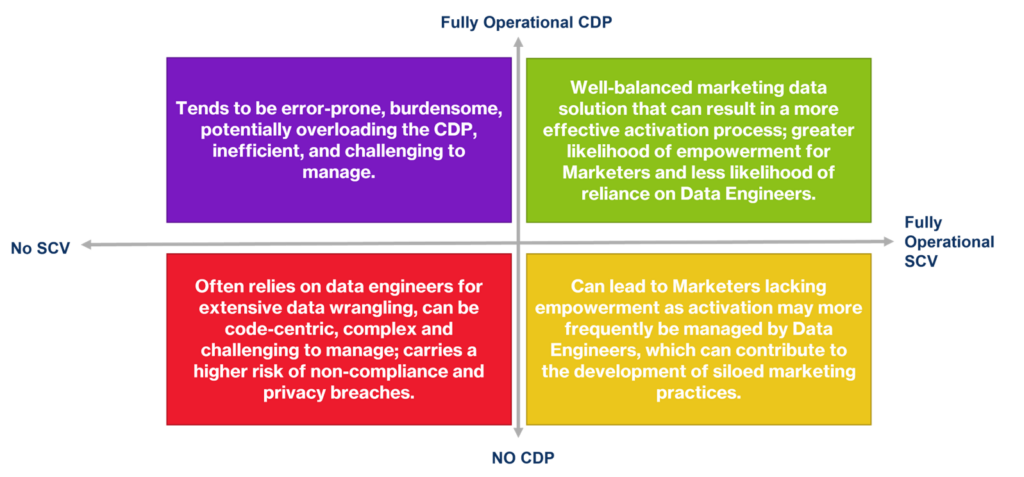 The travel sector has faced turbulence over the past few years. From the devastating impact of the COVID-19 pandemic, to the cost of living crisis and ever-changing travel norms, the sector finds itself navigating a host of challenges.
The travel sector has faced turbulence over the past few years. From the devastating impact of the COVID-19 pandemic, to the cost of living crisis and ever-changing travel norms, the sector finds itself navigating a host of challenges.
A holiday purchase is often one of the largest purchases that a family will make in a year, with an average UK family spending roughly £4,000 per annum. With ever-inflating costs and even higher customer expectations, providing an exceptional customer experience is critical to your long-term success.
In this blog series for the travel sector, we will be exploring how you can harness the power of data and modern marketing technology capabilities to overcome and even exploit these challenges.
What are the most common issues in the travel sector in 2023?
Changed travel behaviour
The aftermath of the COVID-19 pandemic and the cost of living crisis have left their mark on the travel sector. Travellers are more cautious, often opting for cheaper domestic or localised trips over international adventures. Health and safety have become paramount, leading to a new set of expectations from travel providers.
In fact, 25–34-year-olds were reluctant to make holiday plans this year, instead waiting to see how the cost of living crisis evolved.
Moreover, ¼ of those aged 55+ made no plans to travel this year.
With different demographic groups approaching their holiday planning in different ways, applying the right segmentation techniques to target those who are most likely to travel is crucial.
Environmental concerns
There’s also a growing call for sustainable travel. Tourists and travellers are more eco-conscious than ever, wanting to reduce their carbon footprint and seeking eco-friendly options. The consideration of travelling sustainably is especially a factor for 18–24-year-olds, where 22% say this is important to them.
Over-tourism
Popular destinations from Venice to Bali faced issues of over-tourism, where local ecosystems and infrastructures have become overwhelmed.
Complex travel policies
With countries having their own quarantine measures, vaccine mandates and travel advisories, there’s an increasing complexity in international travel logistics.
Trust deficit
After numerous flight cancellations (UK flight cancellations are up 39% in 2023!), changing regulations, strike disruptions and refund issues during peak pandemic times, travellers are more sceptical about committing to bookings.
How can digital marketing & personalisation save the travel sector?
Digital marketing and personalisation have emerged as two tools that can address several of these issues:
Tailored travel options
Through advanced AI and lifestyle and behavioural data analytics, travel companies can now provide tailored packages and ancillaries for individuals. If a user has shown interest in eco-friendly destinations or prefers secluded spots, personalisation and decisioning tools can offer suggestions accordingly. This not only enhances user experience, but can also divert traffic from over-crowded tourist spots.
Building trust through transparency
Customer Experience Platforms (CEPs) like Adobe Journey Optimiser and Braze can provide customers with real-time updates on disruption, travel policies, health and safety measures and reviews. An informed traveller is a happier traveller. That happiness will lead to greater trust, and an increased likelihood of future bookings.
- Educative marketing: Digital and content-rich campaigns focused on educating tourists about the importance of sustainable travel can be instrumental. From tips on how to be a responsible traveller to highlighting the less-explored destinations, digital content can shape travel behaviours. It’s worth noting that according to our recent Cost of Living consumer survey, 17% of people believe that they will do most of their travel via sustainable methods by 2030.
- Feedback mechanisms: Personalised feedback options and rapid data ingestion help companies understand the unique needs of each traveller, leading to improved offerings around ancillaries, personalised and targeted to the right customers via mobile channels, making holiday purchases easier.
- Loyalty programmes & retargeting: CDPs and data-driven marketing allows travel companies to launch personalised loyalty programmes. With retargeting strategies, companies can re-engage potential customers, offering them custom deals based on their search and booking history.
Despite the many challenges faced by the travel sector in 2023, the digital and data tech revolution offers an array of solutions. By adopting well-planned digital marketing and data-driven personalisation, the sector can not only provide enhanced customer experiences, but also address broader issues such as over-tourism and environmental concerns. It’s a transformative era, and travel companies at the forefront of these digital innovations are poised to chart a smoother course ahead.
How can CACI help?
CACI is already a trusted partner to major brands within the travel industry, developing strategic customer journeys to increase frequency of bookings and ancillaries’ revenue through the effective use of data, technology and targeted marketing.
If you would like to discuss your needs in any of these areas, or to find out more about the products and services we offer, please get in touch.
Read blog 2 from our travel series: Travel spend behaviours that will redefine your customer strategies



